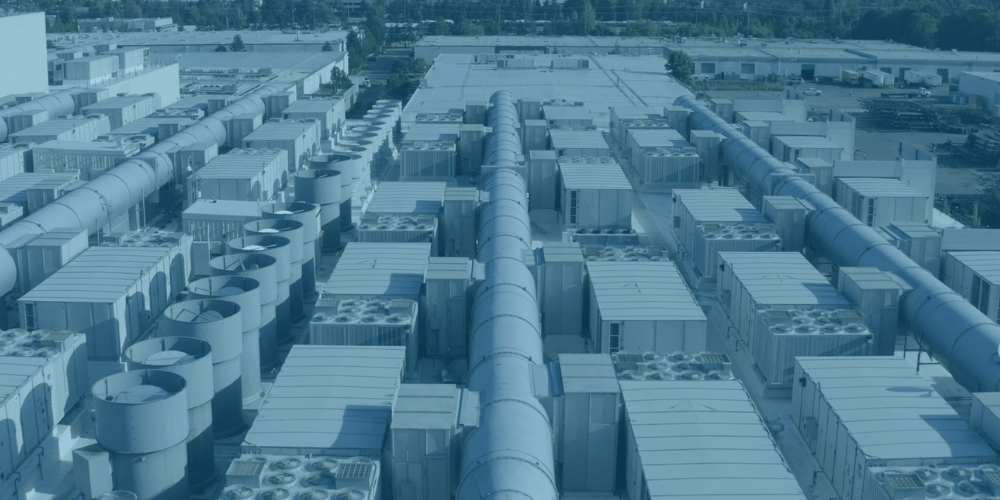Five Things to Know About Liquid Cooling in Data Centers

In the ever-evolving landscape of data center technology, efficiency and sustainability are paramount. Liquid cooling has emerged as a revolutionary solution, offering significant advantages over traditional air-cooling methods. The term “liquid cooling” refers to the process of managing heat generated by the electronic equipment housed in data centers through a closed-loop system, where a coolant is circulated through a plate that is attached to the rear of a server, transferring away heat generated by integrated circuits, or “chips”, in the server.
From our perspective, here are five key things to know about liquid cooling in data centers:
- Efficient Heat Dissipation
Liquid cooling is remarkably effective at transferring heat away from components more efficiently than air cooling. Because liquids have a higher heat capacity, this method is essential for managing the heat produced by increasingly powerful data center equipment, particularly in high-density computing environments.
- Energy Savings and Sustainability
By reducing reliance on energy-intensive air conditioning systems, liquid cooling can significantly cut operational costs and support the industry’s move towards more sustainable practices. Without the need for a constant water supply, as is necessary for the operation of evaporative cooling systems used in many data centers, closed-loop liquid cooling systems not only conserve energy, but reduce water usage.
- Diverse Techniques and Applications
There are various liquid cooling methods, such as direct-to-chip and immersion cooling. The choice depends on hardware specifications, maintenance needs, and system design. Each method has its unique advantages and challenges, tailored to different data center requirements.
- Flexibility and Design Optimization
Liquid cooling allows for more adaptable data center layouts compared to the rigid hot and cold aisle configurations required by air cooling. With more efficient heat transfer, data centers can adopt flexible and optimized designs that improve space utilization and overall system performance.
- Artificial Intelligence Challenges and Benefits
As AI technology advances, the demand for higher power density and efficient cooling solutions grows. Modern GPUs require more power and produce more heat, necessitating liquid cooling for optimal performance. However, implementing liquid cooling for AI systems can be complex, involving challenges like system leaks, corrosion, and specialized maintenance. Despite these challenges, the benefits of liquid cooling in AI applications include better energy efficiency, reduced operational costs, and enhanced sustainability.
In conclusion, liquid cooling is a transformative force in data centers, offering enhanced efficiency, reduced energy consumption, and design flexibility. As the demand for high-performance computing continues to grow, liquid cooling is set to play a pivotal role in shaping the future of data center infrastructure.
For those interested in learning more, please contact us for information about our commingled, open-end real estate investment fund, National Data Center Fund (“NDCF”), offering institutional accredited investors concentrated exposure to data centers.
This is not an offering or the solicitation of an offer to purchase an interest in NDCF. Any such offer or solicitation will be made to qualified investors only by means of a final offering memorandum and only in those jurisdictions where permitted by law.
The reader should not assume an investment in NDCF will be profitable. Past performance does not indicate, predict, or guarantee future results. All investments involve the risk of loss of invested capital.